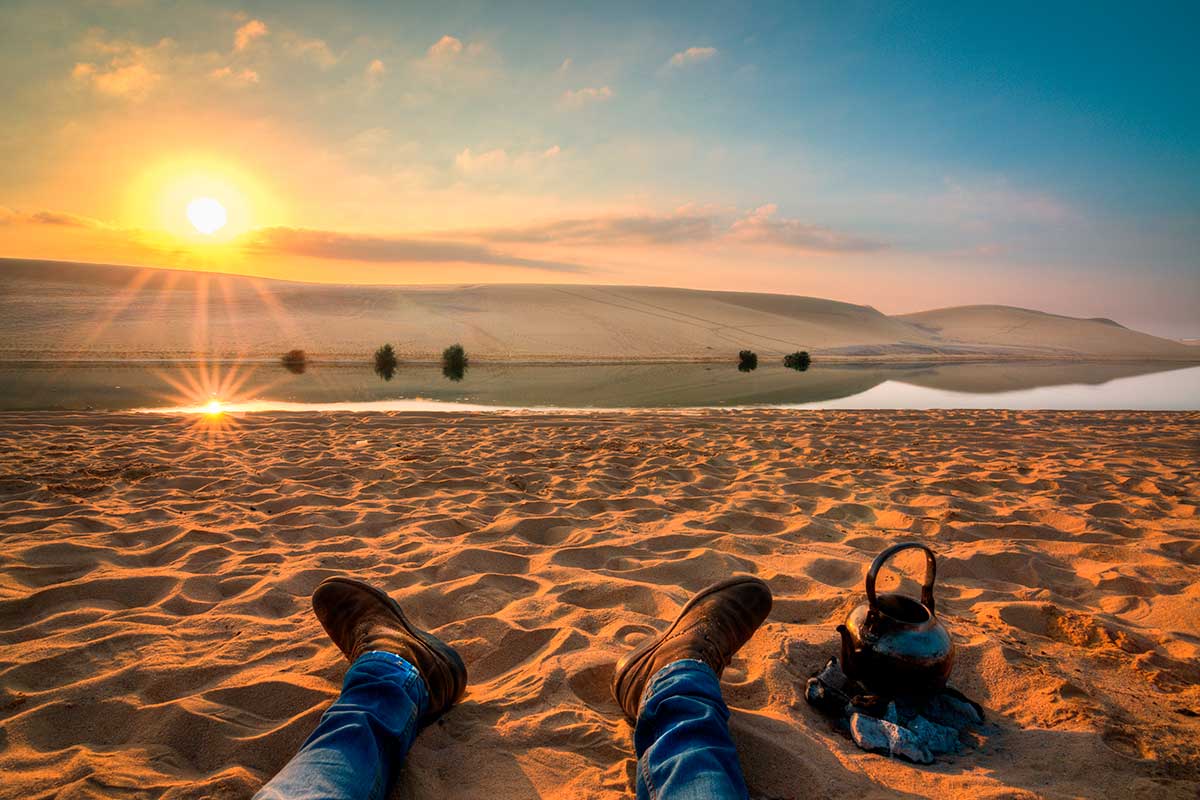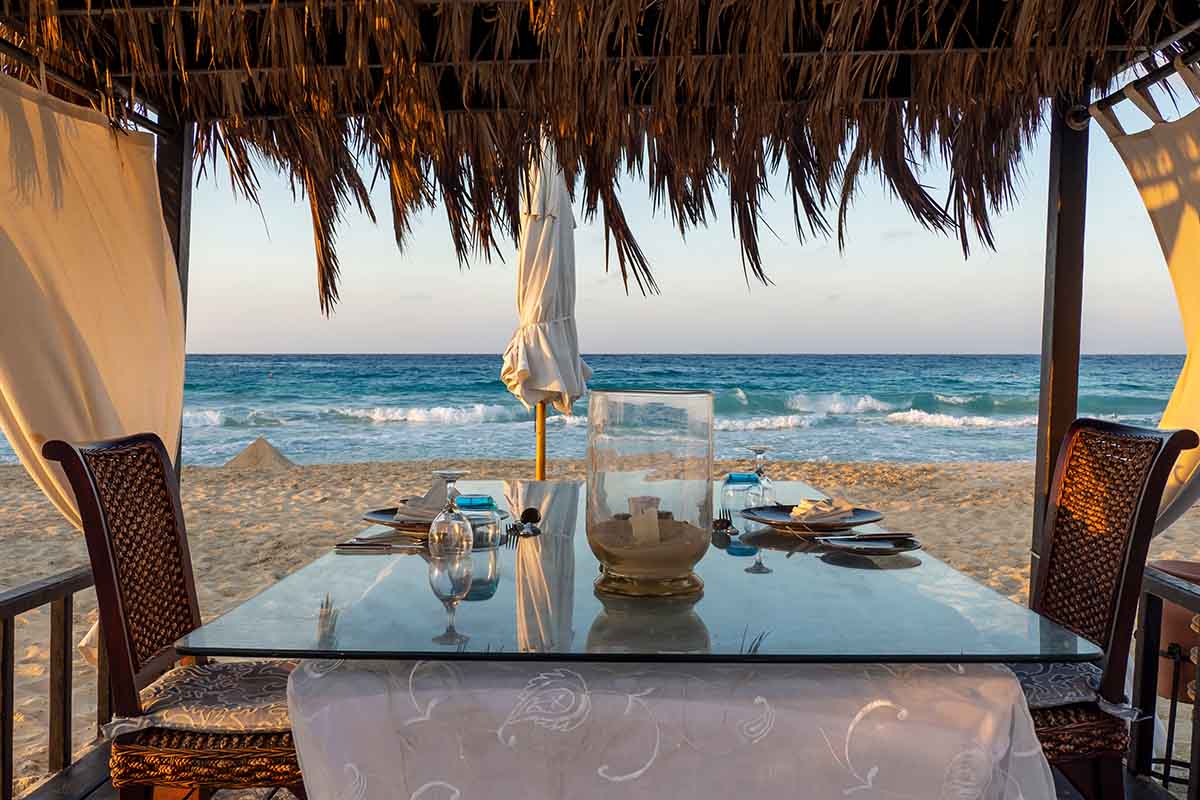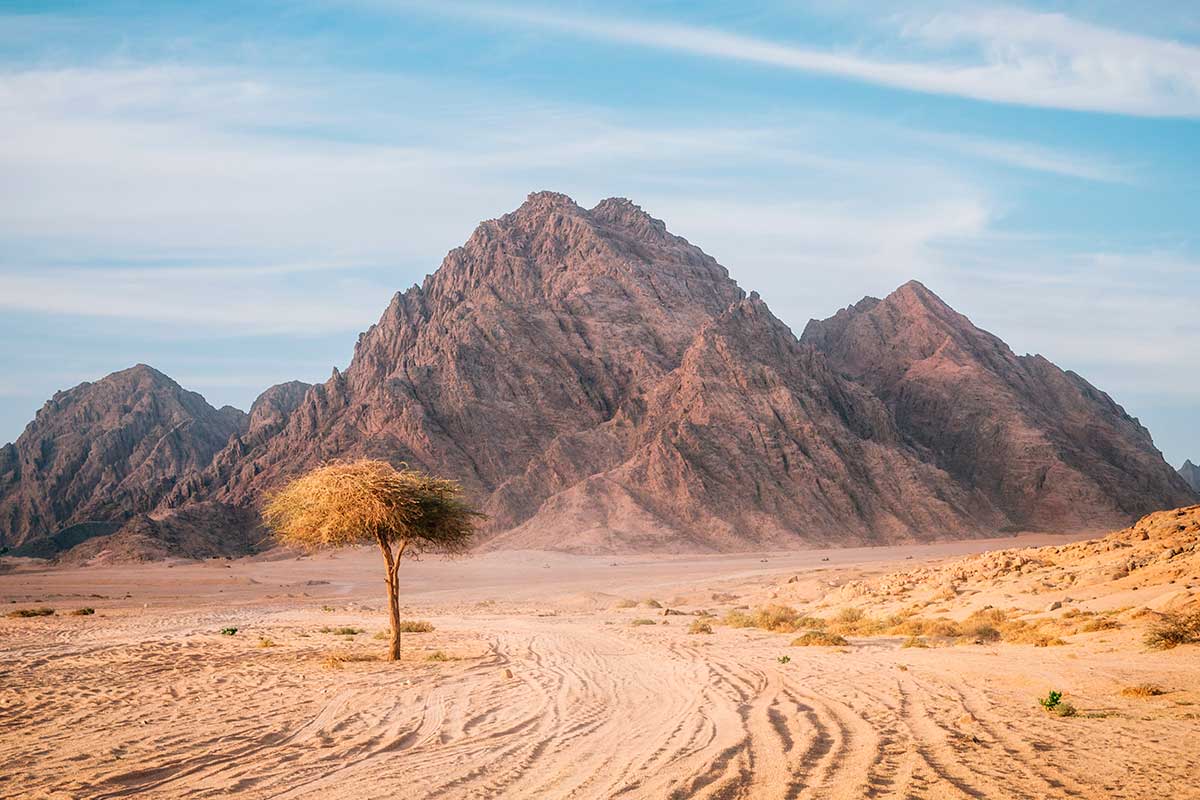Understanding Egypt’s climate is crucial before embarking on your journey to this unique country. Not only does it affect your experience, but it also directly impacts what you should pack in your suitcase. While Egypt is undoubtedly hot, there’s more to its climate than just high temperatures. In this guide, we’ll provide you with an overview of the most relevant weather patterns and phenomena you’ll encounter in Egypt, including regional differences and other important nuances.
Understanding Egypt’s climate is crucial when planning a trip to the country. According to the widely-accepted Köppen classification system, Egypt’s climate is classified as “hot desert” (BWh), which is typical of the Sahara desert region. This climate is characterized by several factors, including:
Despite these harsh conditions on paper, Egypt has been home to some of the world’s most prosperous civilizations for thousands of years. The Nile River and the emergence of oases have facilitated life in the region, and we discuss this “miracle” in more detail on our page dedicated to the Nile.
Upon arriving in Egypt, be prepared for intense heat, particularly during the summer months. However, don’t let the high temperatures discourage you from planning a trip during this season. Air conditioning is widely available indoors, while there are ways to cope with the heat when venturing outdoors. Here are some tips to help you stay comfortable:
That said, it is advisable to analyze the climate of Egypt zone by zone, as there are different nuances regarding temperatures, humidity, and other atmospheric phenomena related to geography. This will help you better plan your trip if you have a specific region of the country as your destination.

Although Egypt is generally characterized as a desert climate, if you plan to venture into the heart of this unique ecosystem for activities such as 4×4 tours or meditation, it’s important to note that each climatic variable is intensified to the extreme. Consider the following:
What may surprise many travelers is the tremendous thermal amplitude experienced in the desert: scorching hot during the day and very cold at night. Consider the following when planning your desert adventure:
There’s an important factor related to Egypt’s desert climate that you should be aware of: the possibility of chamsin (or jamsin) appearing. This is a stormy wind that comes from the interior of the desert and can occur in the months of March, April, and May. It can reach speeds of over 100 km/h, carrying desert sand with it and causing great discomfort. But above all, it produces a sudden rise in temperatures, sometimes more than 10ºC or 15ºC in just a couple of hours.
The local population is familiar with this meteorological phenomenon, and even the most powerful armies of each era have suffered from it. For example, the Napoleonic army during its Egyptian campaign (1798-1801), or the British and German armies in World War II, were forced to stop their battles or mourn human losses.
Although the classification of ‘hot arid’ applies to the entire climate of Egypt, you’ll find it especially prevalent in the Western Desert. It also characterizes the Eastern (or Arabian) Desert and most of the Sinai Peninsula. Moreover, it is the predominant climate in Upper Egypt cities like Luxor or Aswan since the course of the Nile River slightly moderates the temperatures and relative humidity, but only minimally.
The southern part of the Nile Delta, including the capital, Cairo, experiences similar climate values to those of the desert, albeit slightly mitigated by the presence of more vegetation on the ground and higher relative humidity (around 55%).
Therefore, if you plan to travel through the desert outside the summer months, we recommend that you bring warm clothing and accessories that aren’t bulky, such as “thermal” clothing that helps maintain body heat and prevents it from dissipating. In any case, if you travel with us to the heart of the desert, we’ll assist you in addressing this and many other practical issues related to Egypt’s climate.

The climate in the coastal areas of Egypt differs significantly, especially along the Mediterranean coast. It does not exhibit the extreme values found on the European side of this sea, and loses much of the harsh character described above. Here are some of its primary features:
This climate can be found in cities such as Alexandria and Port Said, but also in non-coastal cities located in the northern part of the Nile Delta. This is because, in addition to the influence exerted by the Mediterranean Sea, there is a greater presence of vegetation on the ground, which mitigates the extreme values typical of Egypt’s climate.
When traveling to the Red Sea coast, the mitigation of the desert climate is less prominent, although still noticeable in the following aspects:
However, like the desert climate, the Red Sea coast experiences near-absence of precipitation and extremely low relative humidity below 50%.
This is the climate that one can expect to find in major tourist destinations like Hurghada, Sharm el-Sheikh or Safaga. Thus, this area is an ideal travel destination throughout the year, including the European “low season” when the cold winter months of the old continent are the mildest and most pleasant here.

Egypt’s climate is generally hot and arid, but there is one true exception: the mountain range of Sinai, located south of the peninsula of the same name, as well as some scattered elevations north of the Arabian desert. If you’re planning a trip to this region, perhaps for a religious pilgrimage, you should be prepared for the coldest temperatures in the entire country, as it is classified as “cold arid” (BWk) according to the Köppen classification.
In winter, temperatures below -10°C can be recorded here, while in summer, the mercury can climb above 25°C during the day, making for significant temperature variations within a 24-hour period. Relative humidity is very low, usually less than 30%, and precipitation is insignificant. However, it is the only place in the country where snow occasionally occurs.
It’s clear that the climate of Egypt has more nuances than it appears, so we highly recommend that you research your destination and the expected weather during the time of year you plan to visit. Don’t hesitate to contact Egipto Exclusivo for advice on clothing, recommendations, and any other issues you may have.
Fill out the form below to receive a free, no-obligation, tailor-made quote from an agency specialized in Egypt.
Travel agency and DMC specializing in private and tailor-made trips to Egypt.
Mandala Tours, S.L, NIF: B51037471
License: C.I.AN-187782-3